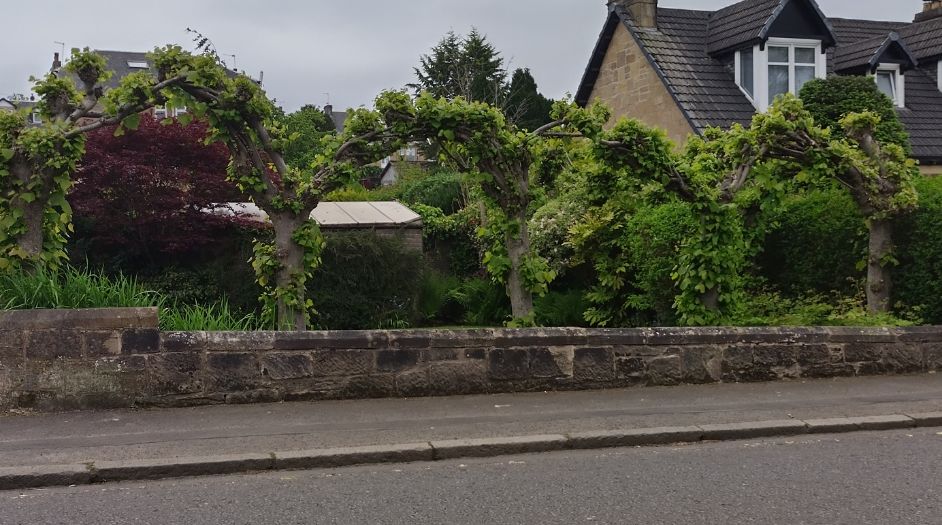This isn’t really a post about magic, it’s about the power of poetry, as an art form that depends almost exclusively on a hyper-aware use of language, for good or ill. Hocus pocus sounds like a magic formula these days – like abracadabra. According to wikipedia, abracadabra does indeed appear to have been used as a magical incantation to ward off diseases, and was used seriously during the Great Plague by people who wrote it on their houses to ward off the illness. Hocus pocus, however, was no such thing. It was a deliberate and demeaning distortion of the words of consecration in the old Latin Mass – hoc est enim corpus in order to trivialise Catholic culture. These things happen – Gary Snyder says somewhere that if you really want a fight, you mock the other person’s diet preferences or religion, and I’m sure there are places where the mockery was reciprocated in full.
Occasionally, though, you have to look behind the mockery to see what’s really there. When I came to Scotland, the Scottish cringe was in full effect, and there was a lot of contempt for the ‘tartan and shortbread heedrum hodrum‘ packaged for tourists nonsense that passed for Scottish culture. The real Scotland wasn’t like that, oh no, it was up to date and industrial, urban and intellectual, and let’s not have any of that kitsch peasant nostalgia here thank you very much. At that time,I thought heedrum hodrum was a bit like the ‘wack-foll-the-diddle’ of English folk music, and didn’t pay it much attention. I was very much into folk music and dancing, though I didn’t have much time for the archaism and affectations of the Country Dance societies, and it didn’t worry me. But lately I’ve been looking into canntaireachd and It was illuminating.
Canntaireachd is a verbalisation of pipe tunes, to be used when teaching a student new music. You sang it until you’d learned it, then got the fingering right on the chanter, and then you learned to play it on the pipes. Far from being random vocalisation, it is an elaborately coded highly technical language. Pipers would say it is more effective than staff notation, as it is written to convey not only pitch and rhythm, but dynamics and intensity, and I’m glad to say it’s still being taught. You can hear an example of it in Martin Bennett’s Chanter, given a surprising twist on his Grit album. Using heedrum hodrum as a way to describe Highland culture reveals an anti-minority prejudice that isn’t dying out as fast as I would wish.
Another example of this is in the translation of the Old English herb attorlaðe, which comes up in the Charm of Nine Herbs. It’s commonly translated with a phrase like ‘poison-hater’ – I used the phrase ‘venom defier’. Cute, no? Couthy and rustic and old fashioned, and appropriate for all that superstitious magic stuff they had in the Dark Ages. Suppose I used the technical term ‘febrifuge’ – that sounds a bit more serious and knolwedgeable, wouldn’t you think? It’s certainly the term used in textbooks, and it means it deals with fever. Febrifuge is literally the Latin for attorlaðe, which, when you use the high status language for university trained doctors with degrees suddenly sounds as reliable as paracetamol.
People are becoming more literate in the ways visual imagery can be used to manipulate a culture, but for real magic and misdirection, there’s nothing like the wizardry of language.
